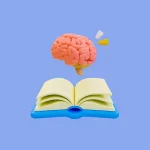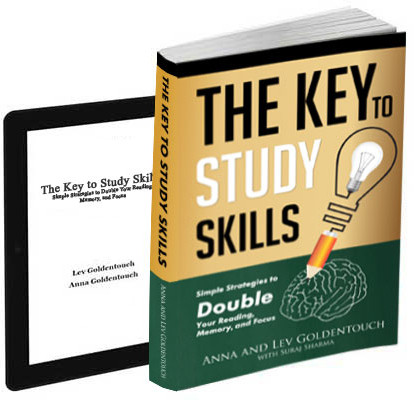Humor is one of the best coping mechanisms. It can also be very memorable. However, dark humor can be weaponized and can become toxic. Is there a way to use sarcasm safely and positively? Can there be a proper context for dark humor? Every April 1st I write about humor. Today, I want to take …
Continue reading “Dark humor: sarcasm, coping and reframing”











